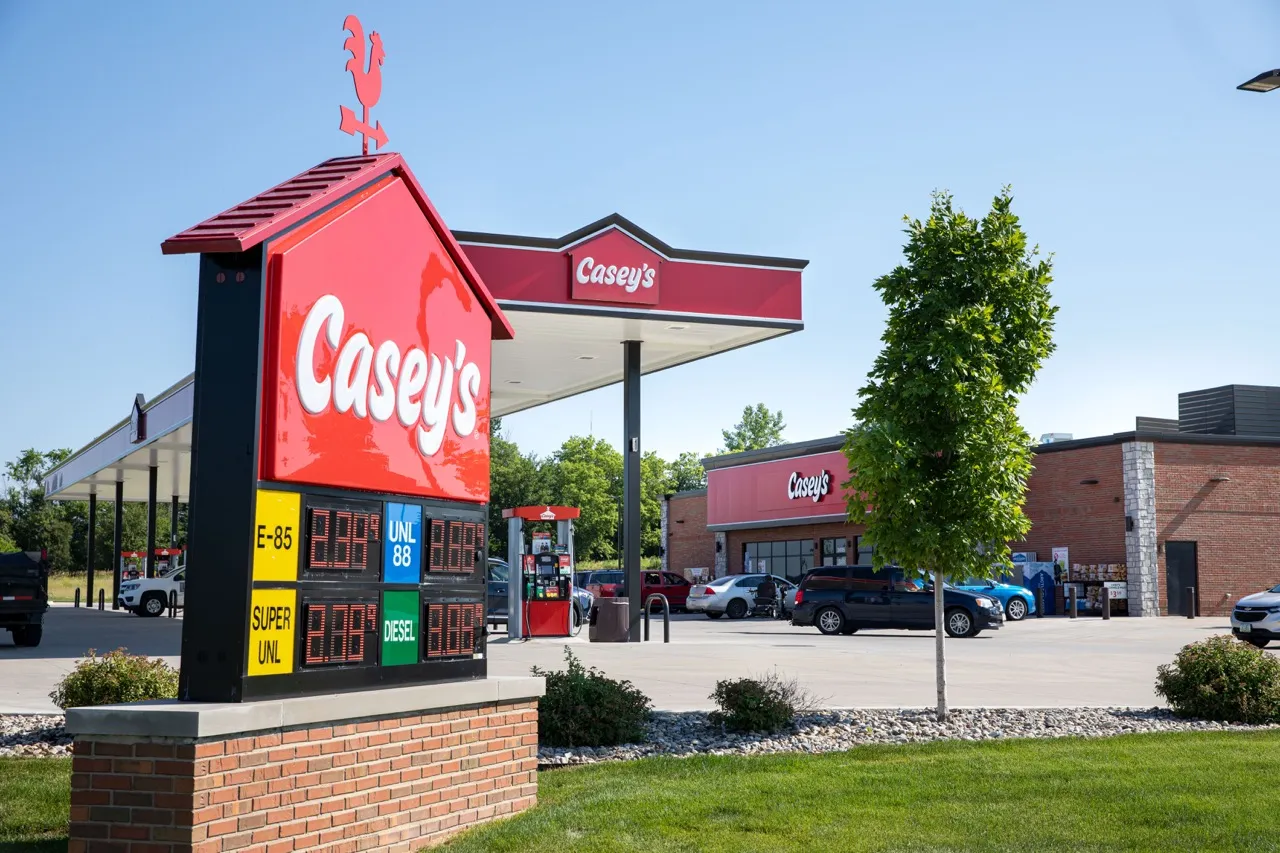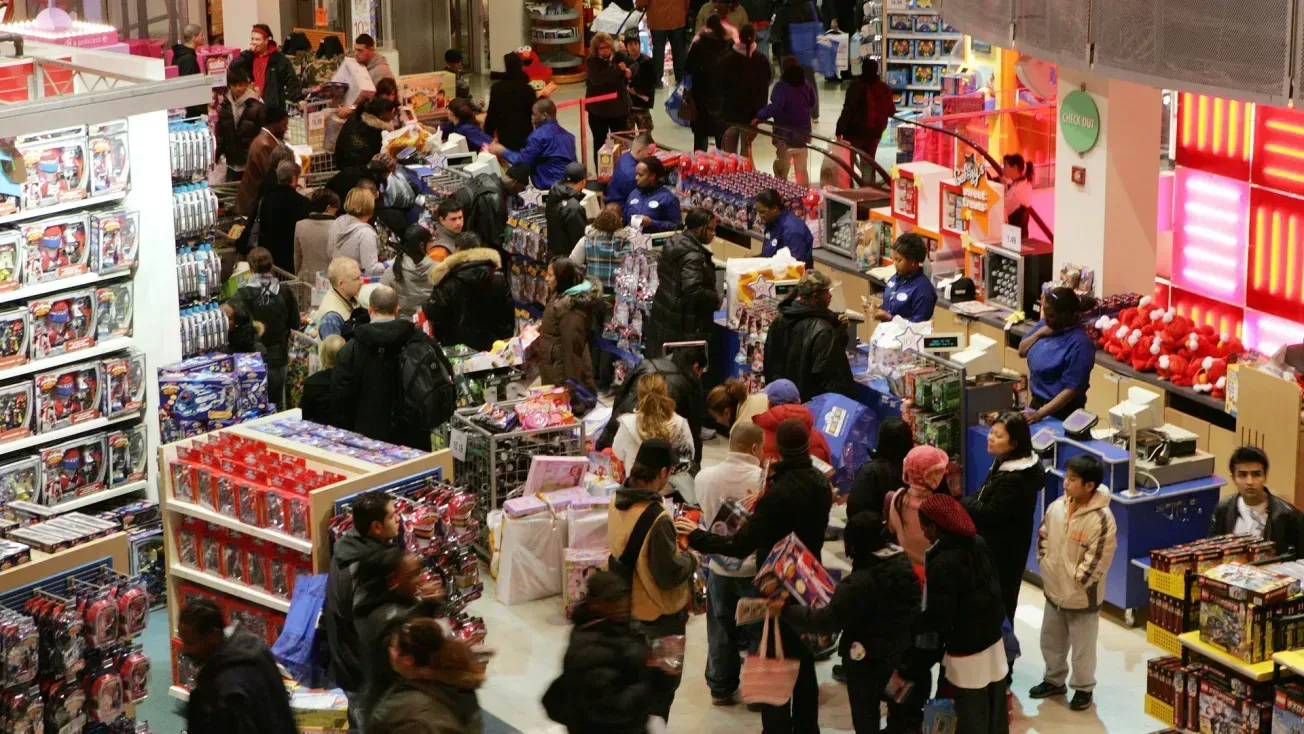Christmas Day is just two months away. Yet the holiday selling season, which is about to begin, remains a murky proposition for most retailers, who still don’t know which products and categories will most appeal to consumers in this questionable economic climate.
Christmas Day is just two months away. Yet the holiday selling season, which is about to begin, remains a murky proposition for most retailers, who still don’t know which products and categories will most appeal to consumers in this questionable economic climate.
Nor, more importantly, do they seem to care.
That’s pretty much the way of things each year at this time. Or is it?
This holiday selling season is about to unfold with more obstacles — many more — than usually surrounds this most important event. For one, the economy has not recovered to anywhere near the extent that forecasters had predicted. If corporate sales and earnings have rebounded, working Americans are still struggling to regain their footing. In many areas, they continue to fall further behind. Health care remains a vague promise for many, a hopeless quest for a few.
The retail marketplace has never fully recovered the momentum it lost in the recession of 2008. Marginal sales gains have become the norm — and, for many, the norm is sales that have flattened out from month to month.
Exciting new products are nowhere to be found, a lament that has characterized retailing throughout this difficult year. Part of the problem resides in the supplier community, one that has taken a defensive stance where new products are concerned. That stance has come, in part, from a retail community that has largely turned a deaf ear to new items, even those introduced with heavy advertising and promotional support. Put another way, retailing has assumed a defensive position regarding new items — and, as Christmas approaches, many suppliers have given up hope.
Perhaps the biggest issue as the holiday approaches is the lack of aggressiveness in the retailing community. Put another way, more pressing priorities appear to have eclipsed Christmas. Health care has emerged, at long last, as a dominant retail theme, especially in the chain drug segment but also in the grocery business. Health care is guaranteed to appeal to an aging consumer population, but it lacks cachet as an inducement for holiday shoppers.
Electronics has slowed down. It can no longer be depended upon to deliver that exciting and innovative new item that will in turn deliver shoppers and sales to stores and so stoke shopper interest in broader shopping excursions.
For the rest, there is little talk in these weeks before Christmas about a hot new toy, new gadget, new appliance, new beauty product or group of products that have in the past brought customers to stores in states of heightened expectations. This year, it’s shopping as usual, with results that even now seem predictable. But perhaps the biggest barriers to a successful Christmas selling season appear to be the retailers themselves. If much of the excitement has gone out of retailing in 2014, the individual retailers must assume much of the blame. In the past, individual retailers (Walmart, Target, Walgreens, CVS), innovative grocery retailers and a handful of aggressive specialty retailers have led the way in preparing for Christmas. These innovators effectively brought shoppers into their stores — and their competitors, galvanized by a fear of losing business, followed, so that customers came to stores in numbers plentiful enough to ensure adequate holiday sales.
This year, no such innovators exist. Other issues — new management, new formats, new merchandising and marketing ideas, new competitors — are crowding out the need to gear up for Christmas, to adequately emphasize this key selling season. Retailers, in other words, have in many cases resigned themselves to disappointment where Christmas is concerned. Where they once were prepared to tolerate sales increases of 6%, 7% or 8% for the holiday selling season, they are now prepared to accept sales gains of less than 5% — sometimes much less.
Is it too late to reverse this thinking? It might be. Still, the hope here is that it is not. Christmas is too important, too vital, too critical to retailing to be allowed to languish as an afterthought, a season to be tolerated while the retailing community waits for better days.
Moreover, if Christmas disappoints, what’s next? Will Valentine’s Day be allowed to pass largely unnoticed? Will Easter vanish from the retail promotional calendar? Will the current retailing malaise become permanent?
Retailing is a promotional business. And Christmas is a promotional season. The future of retailing is tied to those two truths. Lose sight of one and the entire business will suffer.





